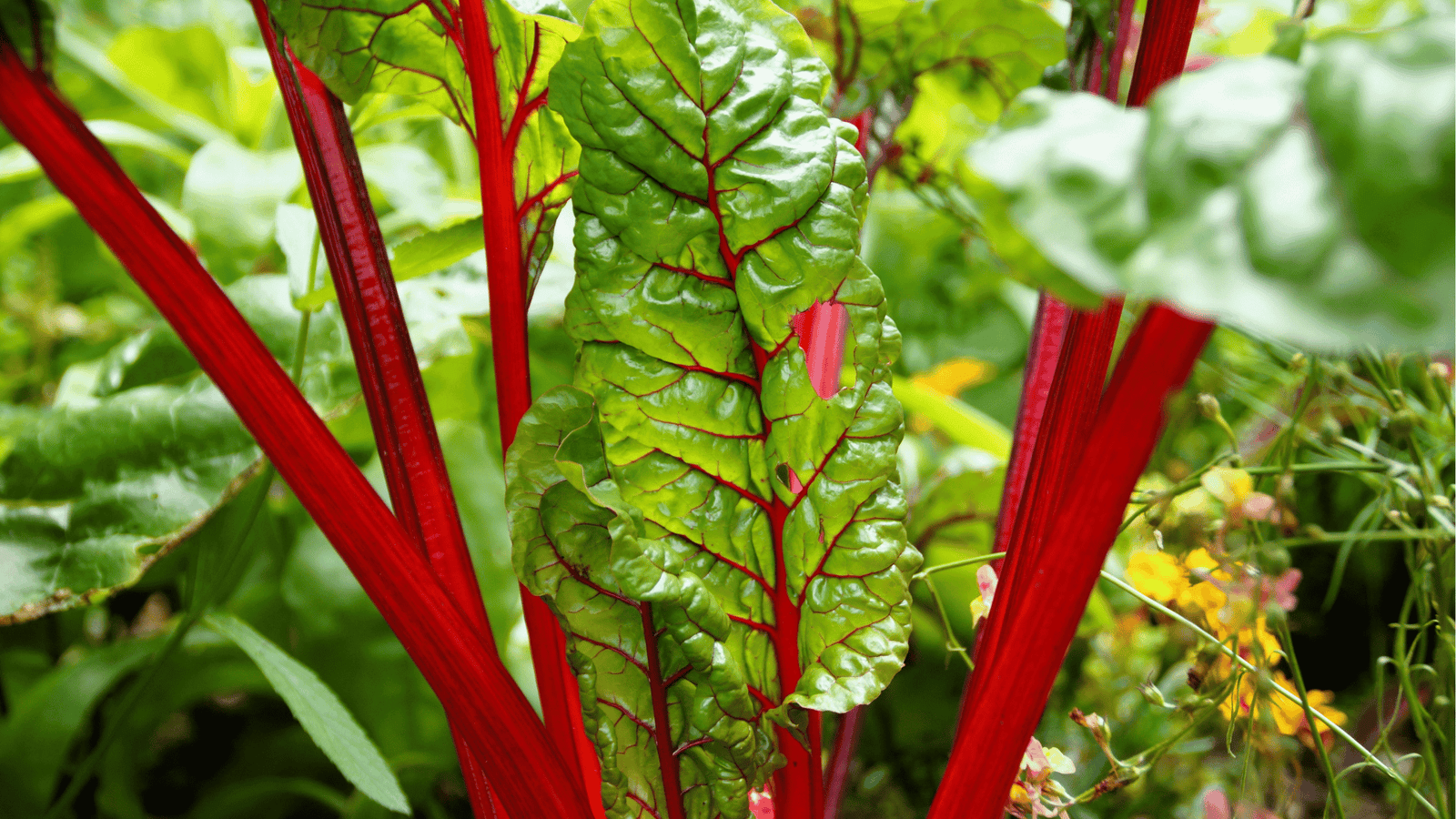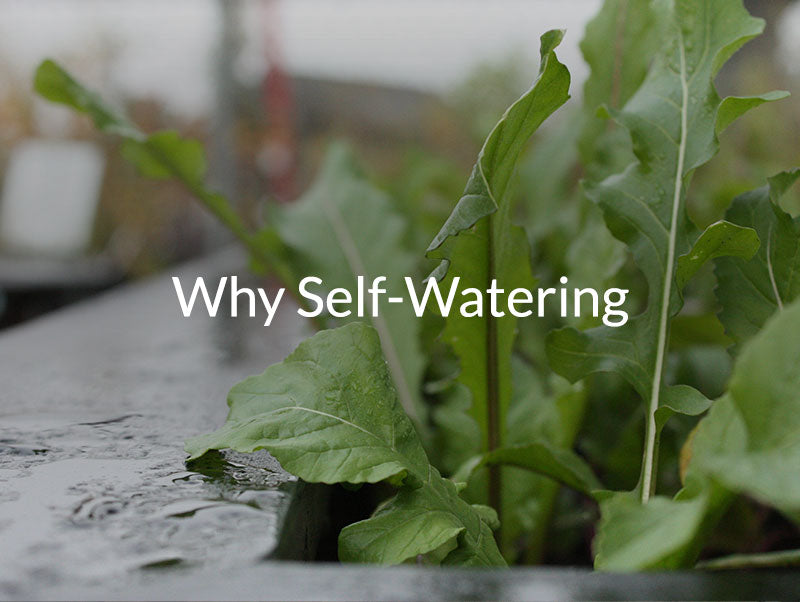Swiss Chard Growing Guide🥗: Year-Round Planting and Care in Self-Watering Planters

Introduction
Swiss chard is a hardy, colorful, and versatile green that thrives in a wide range of conditions. Whether you’re growing in a LifeSpace Garden or building your own SIP system using GardenWells inserts, consistent bottom-up watering produces strong, healthy leaves for months at a time.
When to Plant Swiss Chard
-
Spring: Direct seed outdoors in April through May once soil warms slightly. For early planting tips, check the April Gardening Guide.
-
Summer Successions: Sow every 3–4 weeks until mid-July to keep a constant supply. See the June Gardening Guide for summer strategies.
-
Fall Planting: Plant again in August for a strong late-season harvest. For protection tips, visit the September Gardening Guide.
Square Foot Gardening Spacing
-
Spacing: 4 plants per square foot (~6” apart)
-
Depth: Sow seeds ½” deep
-
Thinning: Keep the strongest seedlings per hole
-
Companions: Excellent neighbors include carrots, onions, and basil.
How to Plant Swiss Chard
Direct Seeding
-
Sow 2–3 seeds per hole and thin to one healthy plant after germination.
-
Keep soil surface evenly moist until seedlings emerge (~5–7 days).
Transplanting
-
Start seeds indoors in March or April for early crops.
-
Harden seedlings off for 5–7 days before planting outside.
-
Top-water for the first 7–10 days until roots reach the SIP moisture zone.
Watering Your Swiss Chard
Swiss chard thrives with consistent hydration:
-
Check your WaterStem: when the Hummingbird rises, your reservoir’s full; when it drops, it’s time to refill.
-
Before establishment: Lightly top-water daily until roots develop.
-
After establishment: Refill reservoirs every 1–2 weeks depending on temperature.
-
Mulch generously to keep soil cool and retain moisture.
-
For spring moisture tips, see the April Gardening Guide.
Harvesting Swiss Chard
-
Baby Leaves: Harvest in 30 days for tender greens.
-
Full-Size Stalks: Ready in 55–60 days.
-
Cut-and-Come-Again Method: Snip outer leaves regularly and allow the center to keep producing.
-
For fall season extension tips, visit the October Gardening Guide.
Common Issues & Fixes
| Issue | Likely Cause | Solution |
|---|---|---|
| Leaf Miners | Small tunnels in leaves | Remove affected leaves and plant nearby basil to deter pests |
| Bolting | Hot weather stress | Plant in partial shade, succession sow, and mulch for cooler roots |
| Yellowing Leaves | Nutrient deficiency | Feed with compost or balanced organic fertilizer |
Companion Plants for Swiss Chard
Best companions (with cross-links):
-
Carrots → Loosen soil and grow well alongside Swiss chard in SIP setups.
-
Onions & Chives → Help deter pests; plant them along the edges.
-
Lettuce → Provides quick early harvests and works as a low-growing companion.
-
Basil → Natural pest deterrent and flavor enhancer.
-
Beans → Fix nitrogen into the soil and boost growth.
Avoid planting with:
-
Other heavy feeders like corn and potatoes nearby; they compete for nutrients.
-
Large brassicas (broccoli, cabbage) in tight SIP setups, which may shade out chard.
Layout Tip:
-
Plant 4 Swiss chard per sq ft.
-
Interplant lettuce plugs between stalks for early shading.
-
Add onions along edges and basil in corners for pest control.
Product Tips
-
Small balconies? Try CondoFarms self-watering planters for colorful, compact Swiss chard displays.
-
DIY gardeners? Use GardenWells kits for effortless irrigation.
-
Scaling up? Explore custom self-watering raised beds for high-yield setups.







